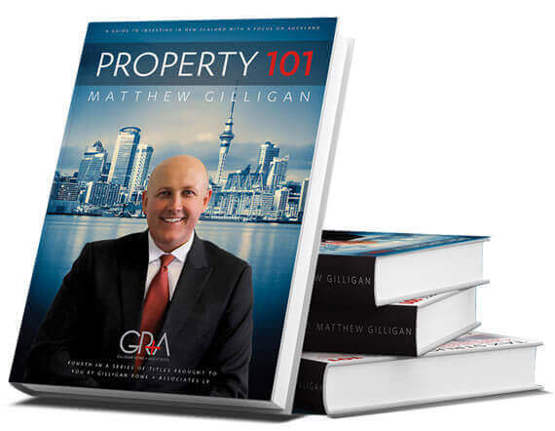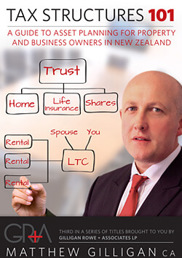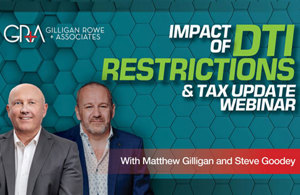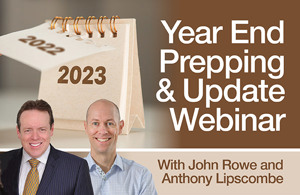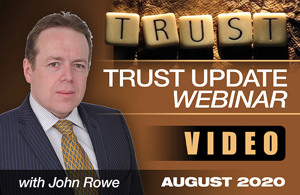
Congratulations! You've scrimped, scraped and struggled. But you've managed it! Yes, you've got your foot on the first rung of the property ladder. Finally, you have a place of your own.
Just like a game of snakes and ladders though, you can easily slip down and even fall off that property ladder.
So ... here are some tips on how to play the game – how to avoid the snakes that might just pull you down.
Step 1: Fail in Business
One of the most common ways to lose your home is through business failure. This happens when a person borrows money to start or even purchase the business.
The lender (i.e. the bank) happily lends the money to the business owner but in return, requires security. Usually the borrower will put up their home as security.
When the business goes 'bust' and the borrowers can't meet the repayment to the lender, the lender forecloses and takes the home.
Often this can be avoided. How? By simply getting good professional advice before buying the business.
Take for example Karen. She found a great retail clothing business in Auckland. Karen thought the business would do well and that she'd enjoy selling clothes. Trouble was, Karen didn't have enough money to buy the business so she approached her bank. The bank lent Karen $90,000 and took her home a security.
After 4 months in business, Karen was at her wits' end. It seemed to her that the more stock she sold the more money she lost. Worse still, she couldn't afford to make her monthly repayments to the bank. The bank finally lost patience and repossessed her home.
Her friend suggested she approach a good accountant and get some advice. When the accountant looked at Karen's financial data he found all sorts of problems, including the fact that Karen had purchased the business and all its stock at retail prices and was selling the stock at retail prices. No wonder Karen wasn't making any money.
There were lots of other issues as well that were dragging the business down – issues that all business owners need to consider.
The moral of the story here is pretty simple. Get some good solid professional advice on the financial health of the business before you buy it. Sure a couple of hours of an accountant's time might cost you a few dollars, but that cost is nothing compared with paying over-the-top prices for a business and losing your home in the process of trying to make a dying business profitable.
Step 2: Get Divorced or Separated
Samantha hadn't had an easy time of it lately. Both her parents had died in the last couple of years and she felt quite alone. The only silver lining in the black cloud was that she no longer had to worry about money. Her parents had left her their house and their life insurance had paid off the mortgage so she had a pretty good start in life.
Black clouds don't last forever. Samantha finally met the love of her life and she felt like the luckiest girl in the world when David asked her to marry him. Things went well over the next few years for them. They had two lovely children and sold Samantha's old family home and bought a new one for them all to live in.
Then events started to unravel. First, David lost his job. Then when he got another job he seemed to work really long hours. Things became strained between them. Finally, David told Samantha he was leaving. If that wasn't bad enough, David wanted the house sold and half the sale proceeds so he could purchase a home for himself.
Samantha didn't think this was fair. The home they now had was mainly paid for by the sale proceeds she'd got when she sold her parents' old home. David didn't see it that way and the battle between the lawyers began.
Eventually, Samantha and David settled their differences in Court. The Judge ruled their home had to be sold and the sale proceeds had to be split 50 / 50. The Judge said that Samantha had 'intermingled' the sale proceeds she'd got from her parent's old home to the point where those proceeds had become 'relationship property', which was to be split evenly between them.
The result of this sorry story was Samantha not only lost her marriage but in effect lost her matrimonial home and her inheritance from her parents.
How could this awful outcome have been avoided?
Well we aren't in the business of marriage guidance but we do know that taking good asset protection advice and putting in steps to protect her parents' home and the resulting sale proceeds would have saved Samantha's inheritance.
Everyone who wants to protect their inheritances should think about asset protection and the steps they need to take. And those steps need to be taken before trouble is on the horizon.
Step 3: Pay Rest Home Fees
Bruce and Julie had worked all their lives to build up their assets. They'd paid their taxes and tried to contribute to society. Bruce frequently helped his neighbours out doing odd jobs for them and Julie worked as a volunteer for the Blind Institute. They'd based their life on a simple philosophy – look after family and friends and help out where you can.
During their lives they'd done pretty well for themselves considering where they'd started from, which was ground zero. They had a nice house and were feeling comfortable with their lot. They'd been blessed with two children and now they even had grandchildren whom they loved dearly.
At the age of 60 however, tragedy struck. Julie had a heart attack and died. The family rallied around and helped Bruce as much as they could. Two years later the family suffered another blow – Bruce got diagnosed with Alzheimer's disease.
It was awful for everyone to watch as slowly Bruce forgot who they were. Eventually, the family had no choice but to put Bruce in a rest home where he could get the care and support he needed 24 hours a day. Trouble was, rest home care was expensive – really expensive. $850 per week was what the rest home wanted and that didn't include any extras such as taking Bruce out for day trips.
The family approached the Ministry of Social Development and requested a residential care subsidy be granted to Bruce. The Ministry told them that before Bruce was eligible for a subsidy, he had to use his own assets because they only granted subsidies to people who had less than $180,000 worth of assets.
This threshold of assets was a real problem. Bruce owned the house he had been living in and it was worth around $310,000. After much discussion, things were worked out. The subsidy would be granted the Ministry said. The downside to the solution was the subsidy would be treated like a loan. So when Bruce finally died, the house would be sold and the loan would have to be repaid back to the Ministry.
Bruce lived for another 6 years in the rest home. The total amount of his rest home care came to $265,200. By the time real estate agents fees were paid and the loan was paid back to the Ministry there wasn't much left – only around $35,000.
The sad part about this story is that Bruce and Julie would have wanted the house to have gone to their children. They'd worked hard to create a life and leave their children an inheritance and that had all been lost to the Government.
What could have been done to protect the children's inheritances?
Well, taking some sound professional asset planning advice wouldn't have gone astray. Putting the home into a trust before Bruce needed care would have definitely have helped.
Anyone wanting to protect their assets and the inheritances they want to leave their children should take steps to implement an asset protection programme.
Summary: What can you do?
Business failure, divorce and going into a rest home are commonplace events that happen in our lives. And these events are often beyond our control.
What we can have some influence over, however, is the effect these events bring about. Can we take steps to protect our assets and stop us losing our houses and inheritances?
In the words of President Barack Obama, "Yes We Can". The very first step is to Request an Interview. Get some good advice - and that advice is just one click away.
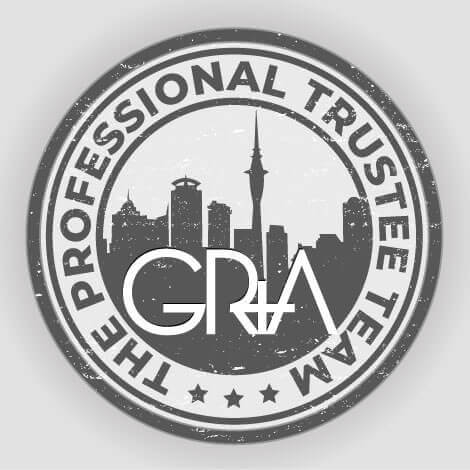
The Professional Trustee Team
Did you like this article? Subscribe to our newsletter to receive tips, updates and useful information to help you protect your assets and grow your net worth. We're expert accountants providing expert advice to clients in NZ and around the world.
Disclaimer: This article is intended to provide only a summary of the issues associated with the topics covered. It does not purport to be comprehensive nor to provide specific advice. No person should act in reliance on any statement contained within this article without first obtaining specific professional advice. If you require any further information or advice on any matter covered within this article, please contact the author.
Comments
Testimonials
Property School gave me the knowledge, resources and confidence to seriously start looking at buying my first property in the next few months. All of the speakers had a wealth of knowledge (I rate them at least 12/10) - I've learnt so much! - Nerys Whelan, April 2019
Property 101by Matthew Gilligan
Investing in residential property?
Put this at the top of your reading list.
If you're investing in residential property, seeking to maximise your ability to succeed and minimise risk, then this is a 'must read'.
Matthew Gilligan provides a fresh look at residential property investment from an experienced investor’s viewpoint. Written in easy to understand language and including many case studies, Matthew explains the ins and outs of successful property investment.
- How to find the right property
- How to negotiate successfully
- Renovation do's & don'ts
- Property management
- Case studies and examples
- and much, much more...

